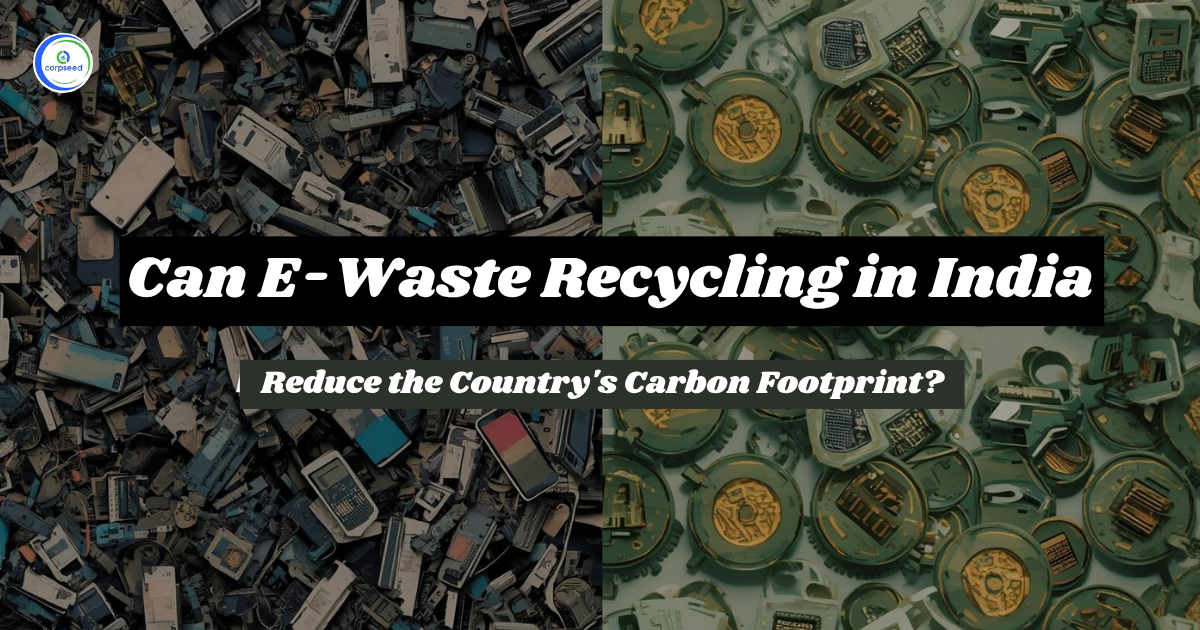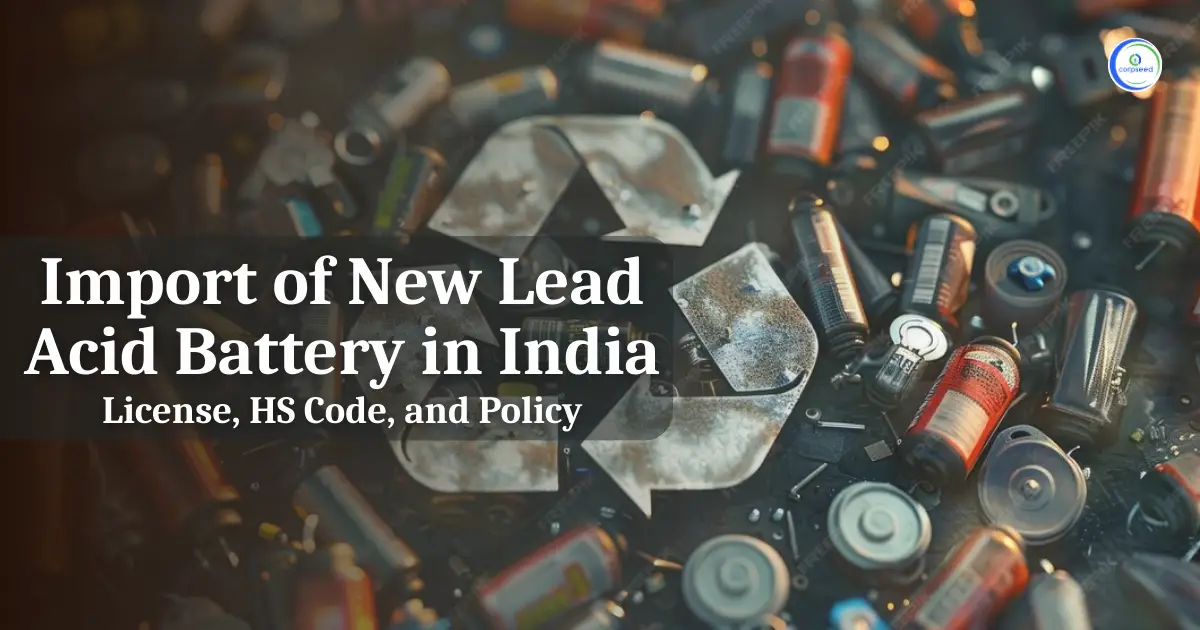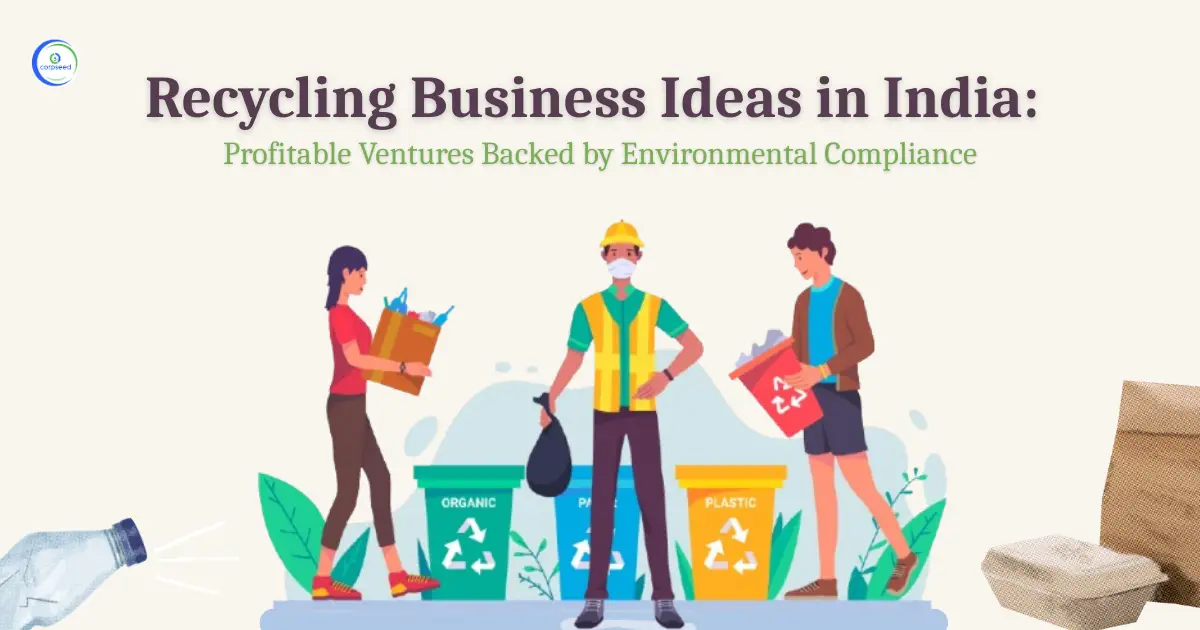Introduction: Biomedical Waste Recycling
Biomedical waste or hospital waste is any kind of waste containing infectious materials which are harmful to humans and the environment if not properly disposed of and recycled. It may also include the waste that is generated by biomedical waste that visually appears to be medical or laboratory, as well as research laboratory waste containing biomolecules or organisms that are mainly insufficient from environmental release. Dispose of sharps is considered biomedical waste whether they are contaminated or not.
Table of Contents
--------------Blog Contact Form-------------
Medical facilities also generate hazardous chemicals and radioactive materials which are harmful to the environment and humans. While such wastes are normally not infectious, they require proper disposal.
The medical waste and recycling business fall under the waste collection services industry and companies that operate in this industry basically collect hazardous and non-hazardous waste and recyclable materials.
Source of Biomedical Waste
- Hospitals
- Emergency care facilities
- Outpatient facilities, dialysis centers, transfusion centers, blood banks
- Clinical laboratories
- Research laboratories
- Mortuaries, death care facilities
- Veterinarians
- Nursing homes
- Doctor and dentist offices
- Oncology Clinics
- Government Dispensary
Biomedical waste generates hazards due to two principal reasons – the first is infectivity and toxicity.
Collection
The collection of biomedical waste involves the use of different types of containers like Operation Theatre, laboratories, wards, kitchens, corridors, Hospitals, small clinics, etc. The containers of medical waste should be placed in such a way that 100 % collection is achieved of biomedical waste.
Once the collection is complete then the biomedical waste is stored in a proper & safe place. Segregated wastes of different categories need to be collected in containers. The duration of storage should not exceed 8-10 hrs in big hospitals (more than 250 beds) and 24 hrs in nursing homes.
Bio-Medical Waste Consists of
- Human anatomical waste like body parts
- Animal wastes generated during research
- Microbiology and biotechnology wastes
- Waste sharps like needles, syringes, etc.
- Discarded medicines and cytotoxic drugs
- Soiled waste such as dressing, bandages, plaster casts, material contaminated with blood, tubes, and catheters
- Liquid waste from any of the infected areas
BMW Rules classify BMW into the following categories.
Categories of Biomedical Waste Schedule-I
| Category | Type of Waste | Type of bag or container to be used | Treatment and Disposal option |
| Yellow | Human tissues, organs, body parts, and fetus below the viability period (as per the medical termination of Pregnancy Act 1971, amended from time to time). | Yellow Coloured non-chlorinated plastic bags | Incineration or plasma Pyrolysis or deep burial. |
| Soiled Waste: Items contaminated with blood, body fluids like dressings, plaster casts, cotton swabs, and bags containing residual or discarded blood and blood components. | Incineration or Plasma Pyrolysis or deep burial * In the absence of the above facilities, autoclaving or micro-waving/ hydroplaning followed by shredding or mutilation or a combination of sterilization and shredding. Treated waste is to be sent for energy recovery. | ||
| Expired or Discarded Medicines: Pharmaceutical waste | Yellow colored non-chlorinated plastic bags or containers | Expired cytotoxic drugs and items contaminated with cytotoxic drugs to be returned back to the manufacturer or supplier for incineration at a temperature >1200 0 C or to a common bio-medical waste treatment facility or hazardous waste treatment. | |
| Chemical Waste: Chemicals used in production of biological | Disposed of by incineration or Plasma Pyrolysis or Encapsulation in hazardous waste treatment, storage and disposal facility. | ||
| Chemical Liquid Waste: Liquid waste generated due to use of chemicals in production of biological and used or discarded disinfectants, Silver X-ray film developing liquid, discarded Formalin, infected secretions, aspirated body fluids, liquid from laboratories and floor washings, cleaning, house | Separate collection system leading to the effluent treatment system | After resource recovery, the chemical liquid waste shall be pre-treated before mixing with other wastewater. | |
| Microbiology, Biotechnology, and other clinical laboratory waste: Blood bags, Laboratory cultures, stocks or specimens of microorganisms, live or attenuated vaccines, human and animal cell cultures used in research, industrial laboratories, production of biological, residual toxins, dishes and devices used for cultures. | Autoclave-safe plastic bags or containers | Pre-treat to sterilize with non - chlorinated chemicals on-site as per National AIDS Control Organisation or World Health Organisation guidelines thereafter for Incineration. | |
| Red | Contaminated Waste (Recyclable) Wastes generated from disposable items such as tubing, bottles, intravenous tubes and sets, catheters, urine bags, syringes (without needles and fixed needle syringes ), and vacutainers with their needles cut) and gloves. | Red colored non-chlorinated plastic bags or containers | Autoclaving or micro-waving/hydroplaning followed by shredding or mutilation or a combination of sterilization and shredding. Treated waste is to be sent to authorized recyclers for energy recovery or plastics to diesel or fuel oil or for road making, whichever is possible. Plastic waste should not be sent to landfill sites. |
| White (Translucent) | Waste sharps including Metals: Needles, syringes with fixed needles, needles from needle tip cutters or burners, scalpels, blades, or any other contaminated sharp object that may cause punctures and cuts. This includes both used, discarded, and contaminated metal sharps | Puncture-proof, Leakproof, tamper-proof containers | Autoclaving or Dry Heat Sterilization followed by shredding or mutilation or encapsulation in a metal container or cement concrete; a combination of shredding cum autoclaving; and sent for final disposal to iron foundries or sanitary landfill or designated concrete waste sharp pit. |
| Blue | Glassware: Broken or discarded and contaminated glass including medicine vials and ampoules except those contaminated with cytotoxic wastes | Cardboard boxes with blue colored marking | Disinfection or through autoclaving or microwaving or hydro claving and after these processes waste is sent for recycling. |
Segregation
Segregation is the most important step in bio-medical waste management. Segregation is done on the bases of colour categories such as yellow, red, blue, and white.
- Segregation reduces the amount of waste that needs special treatment
- An effective segregation process prevents the mixture of medical waste like sharps with general municipal waste.
- Prevents illegal reuse of certain components of medical waste like used syringes, needles, and other plastics.
- Provides an opportunity for recycling certain components of medical waste like plastics after proper and thorough disinfection.
Machinery for Recycling
The machinery used for recycling on the basis of color category
- Incineration
- Autoclave
- Shredder
Solid Waste
Our Experts will consult you on how to start Solid Waste Management Recycling Plant from land finalization till operations. Solid waste treatment plant is a solid waste treatment & disposal facility consisting of different devices and combining with different sorting methods to separate useful resources out from the municipal solid waste.
Battery Waste Management
Batteries (Management & Handling ) Rules apply to every manufacturer, importer, re-conditioner, assembler, dealer, recycler, auctioneer, consumer and bulk consumer involved in manufacture. Team Corpseed will help you to draft and submit online & offline application to respective SPCB and CPCB.
Bio-Medical Waste Management
Comply with Bio-medical Waste (Management & Handling) Rules notified by the Ministry of Environment. We will draft and file the application for authorization from respective departments.
This portion of the site is for informational purposes only. The content is not legal advice. The statements and opinions are the expression of author, not corpseed, and have not been evaluated by corpseed for accuracy, completeness, or changes in the law.
BOOK A FREE CONSULTATION
Get help from an experienced legal adviser. Schedule your consultation at a time that works for you and it's absolutely FREE.








.webp)
